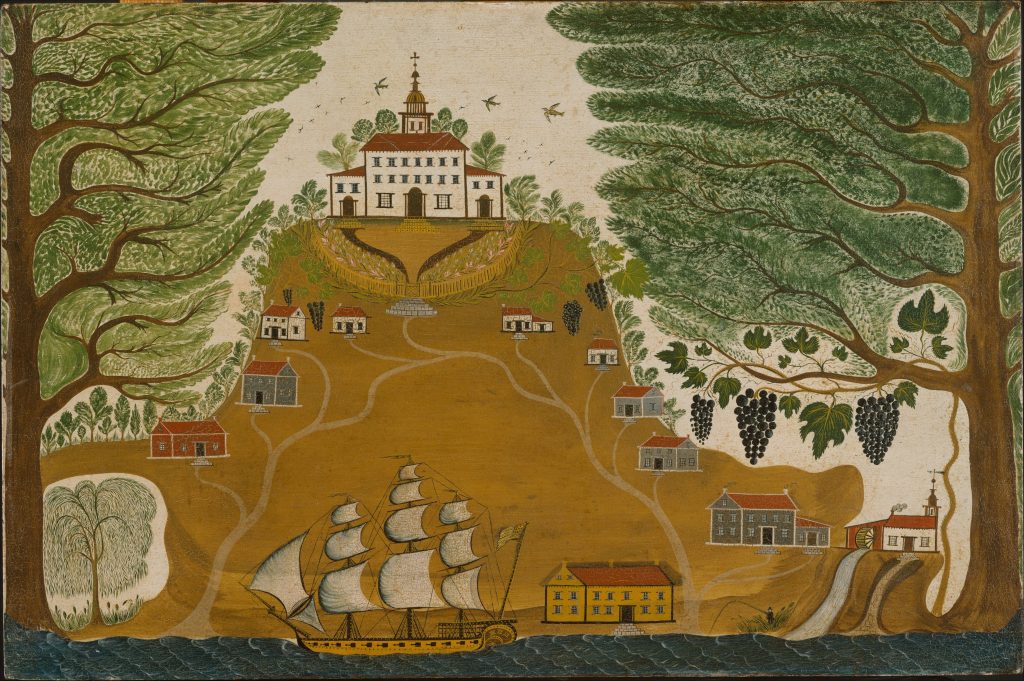Nonfiction by Corey Van Landingham excerpted from our Fall 2017 issue.
In Regarding the Pain of Others, Susan Sontag is wary of the nature of self-exemption practiced by the American citizen. Though she writes almost exclusively about photographs, she exposes an American breed of exceptionalism in reaction to images of whatever war is streaming on television, images of the butchered civilians in My Lai, victims of the A-bomb, of Auschwitz, as opposed to the sufferings that have occurred on our own soil, such as the many lynchings committed throughout small towns in the United States. Americans offer a cri de coeur for foreign atrocities, become patrons of the vast archives of suffering perpetrated by others (see the Holocaust Museum). But, Sontag points out, there wasn’t (at the time of her writing) a Museum of Slavery. It wasn’t until 2014, with the Whitney Plantation, that a museum in full was devoted to this aspect of American history. While we are affected by images of suffering, they may hamper our ability to comprehend, to react. “Narratives make us understand,” she writes. “People want to weep. Pathos, in the form of narrative, does not wear out.”
This is why I find the proposed treatment of Monument Avenue in Richmond propitious. The addition of on-site information there would provide an alternative narrative to the Confederate monuments. Instead of removing the markers of iniquity, carefully designed plaques would offer a palimpsest — a layering of histories, unsound or moral, just or sprung from hate. By destroying the monuments to the Confederacy, the American public is assumed — is doomed — to have a limited capacity for understanding the past.
I admit: the monuments lining Confederate Avenue trigger in me a predictable response. My sentimentality is not unblemished. I do find the Louisiana troops courageous, though I recoil at their cause. Ulysses S. Grant said it well in his personal memoirs. “I felt like anything rather than rejoicing at the downfall of a foe who had fought so long and valiantly, and had suffered so much for a cause, though that cause was, I believe, one of the worst for which a people ever fought, and one for which there was the least excuse.” The abstraction, the metaphor a monument exists as, encourages — perhaps even demands — such intricacy from its audience. The eyesore of Richmond’s Lee is indubitably painful to many Virginians, many Americans. Once there existed ten thousand people who volunteered to pull the four wagons required to erect this monument. Now, bronze Robert E. Lee functions as a traffic circle. Which is a useful history lesson.
To read “Antebellum,” purchase MQR 56:4 for $7, or consider a one-year subscription for $25.
Image: “The Plantation.” Oil on wood. The Metropolitan Museum of Art, New York.




